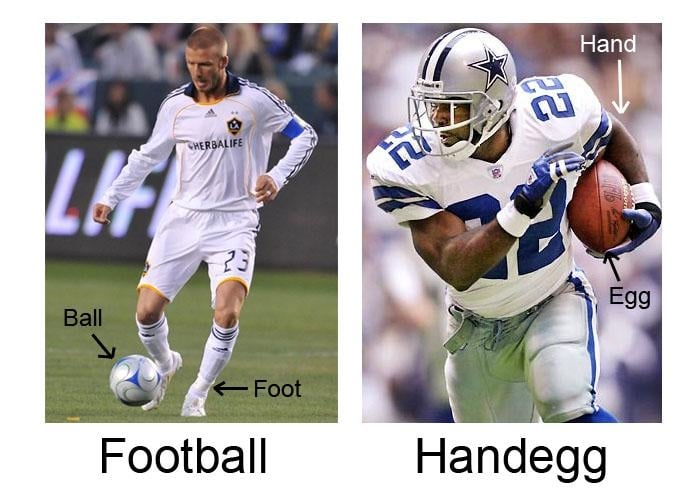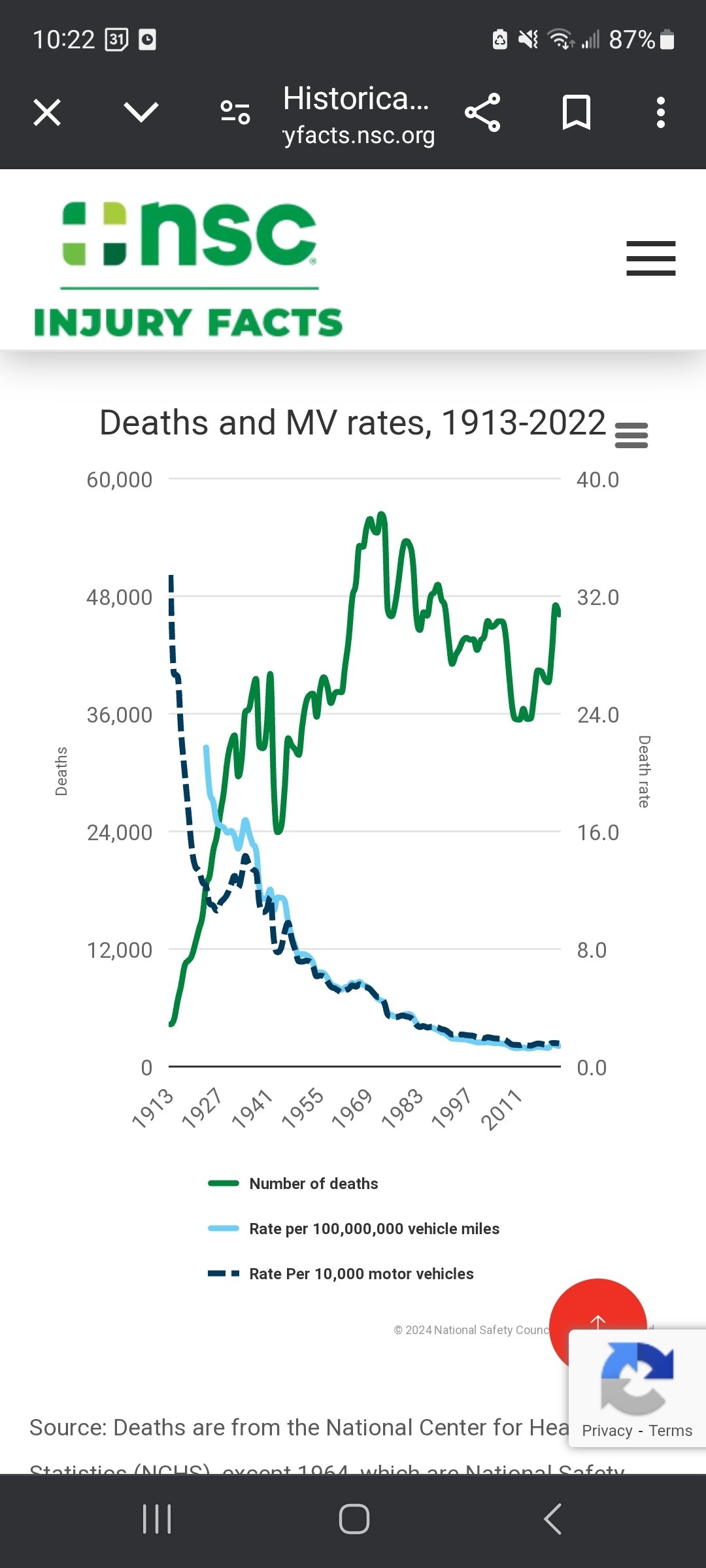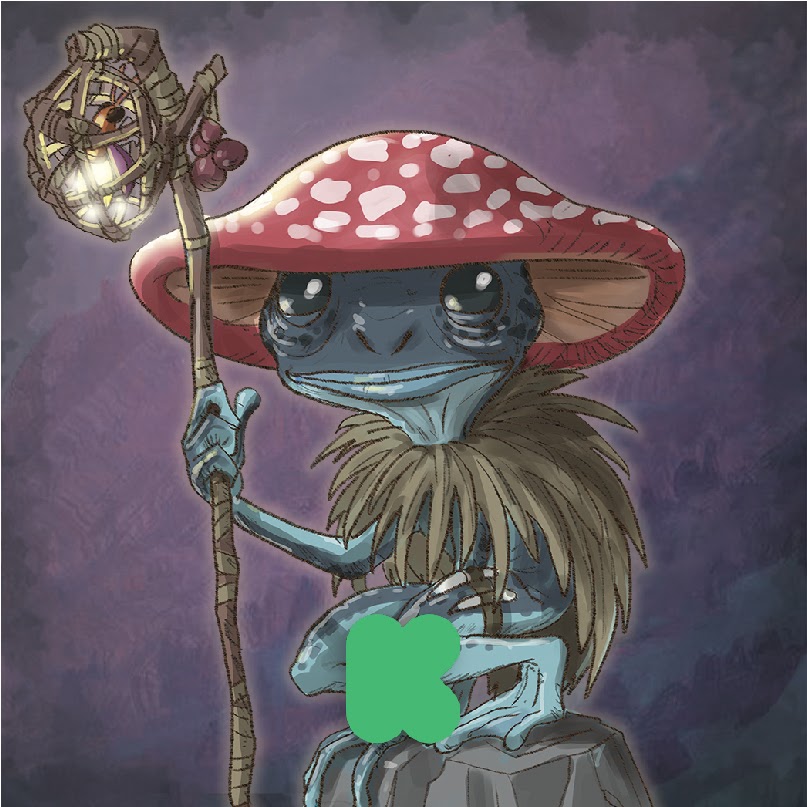Ryan Craddock had seen his share of tragedy during two decades as a coal miner and firefighter.
Then came the toughest heartbreak of all: his own.
Craddock and his family are mourning the loss of his 13-year-old son, Cohen, who died from brain trauma last month after making a tackle during football practice at his middle school.
Cohen’s death, and the death of a 16-year-old Alabama high school player from a brain injury on the same day, have sparked renewed debate about whether the safety risks of youths playing football outweigh the benefits that the sport brings to a community.
SAFETY? I’m a Pro Life Republican trying to Protect The Children and I don’t need you LIBERAL PUSSIES Changing my kid’s Football! If he dies he dies but at least he won’t die a PUSSY!
I’m not sure if this is sarcastic, since I have neighbors just like this. (I hope it is sarcastic)
In Texas, it’s often not sarcasm
Protect the kids from books and tampons in the bathroom. Not traumatic brain injury or being shot dead in the classroom. That’s the pro-life way.
deleted by creator
Between every yard mattering and giving the kids 30-60 seconds to rest between each 5-20 sec play, there’s just not much that can be done.
It’s inheiritantly unsafe for multiple reasons.
-
It’s worse to stop, recover, and continue after a hit to the head just to take more.
-
Ever play is 100% full speed.
-
Every hit is maximum effort.
-
Illusion of safety from pads.
You couldn’t design a sport to maximize head trauma and do much better than football.
Ironically rugby alleviates all those issues, and as a result is much safer despite obviously still have some dangers.
Like, I saw a guy get his tooth broken off and stuck in another teammates head. I touched it, it was fucking stuck. But we were in the middle of a tournament and were already going to be down two people. So the guy who lost the tooth drove the guy with his tooth in his head to the ER. We couldn’t spare a healthy person to drive them.
No sport is going to be 100% safe. But to make football safe, it’s not going to resemble modern football in any meaningful way.
-
Oh right american football. Fucking hell. :(

‘Youth football debate’ so like sprained ankles, knee problems I suppose, and the occasional fractured metatarsal? I knew a bloke whose son got some hip issues from whacking the ball too hard hey ho.
“I don’t think we need to do away with football,” Craddock said. “A lot of people enjoy football, including myself. I just think we need to maybe put more safety measures out there to protect our kids.”
The problem with implementing more safety measures - especially more padding or tougher gear - is that leagues, coaches and even some players start believing they can hit harder because they’re safer now … and that’s not the reality of it.
Take hockey for example. I grew up watching hockey when goalie masks were just that, a mask; there were zero plexi plates surrounding the rink and not one player wore a helmet. Yes there were fights and hard hits, but the players understood that being injured would do nothing for the player and game. So they took it easy on each other (mostly).
Same goes with mountainous highways, where back in the 60’s/70’s there were 2 lanes with a rock face on one side and a 100’-200’ drop on the other. People took care while they were driving because they recognised the danger. Now there’s concrete barriers on the slope side, 4 lanes with concret barriers between direction of travel, and people (especially young ones) speeding like there’s no tomorrow.
Better gear and more rules doesn’t always stop injuries. A change in mindset (like flag football instead of tackle) is a better way to deal with things.

Cars are not a good example of what you are talking about. Deaths are much much lower than they used to be.
I talked about speeding, not death rates for MV.
I worked with a few sports medicine doctors, one who was a NFL team doctor and the other was a neurologist with the NFL’s head trauma research.
I asked them about the gear and it was basically what you said. I wondered aloud if going back to leather helmets and minimal plastic gear would help and they both agreed it would greatly reduce the damage but the power of money and culture make it impossible to make the sport safe in a realistic way
It’s a bankrupt culture that sends its youth into danger for entertainment and profit. It’s sick.
Funny enough, it was a sport conceived on making boys ready for war …
deleted by creator
I don’t believe it in general
Here’s my proof that does exist. Please provide yours that shows it doesn’t.
Hockey helmets, face masks, and injurious behavior
- The introduction of mandatory head and facial protection has been effective in virtually eliminating ocular, facial, and dental injuries in youth hockey, but it has also been problematically linked with an increase in catastrophic spinal injuries. Players adopt a false sense of security when donning the equipment, leading them to take excessive and unwarranted risks because of the protection they are supposedly afforded. The addition of these protective devices has also altered how officials perceive game situations, leading them to be more lenient in administering penalties. The net result has been an increase in illegal and injurious behaviors, such as checking from behind.
- There is a direct risk compensation effect with protective equipment, where players – under the perception of decreased risk – will engage in riskier behaviour for a perceived higher reward. As Participant 2 stated, “I think having the increase in protective equipment, [the players] are more likely to sacrifice safety for some contact speed and physical level.”
- In their study, Menger and colleagues (2016) found that athletes who thought their headgear prevented SRC (sports related concussions) were around 4 times more likely to exhibit aggressive playing behaviours than athletes who wore headgear but didn’t believe the headgear prevented SRC. These findings are concerning because they suggest that athletes may be putting themselves and others at an increased risk of injury when they don’t understand the role of their equipment.
deleted by creator
“We never thought it could happen to us.”




